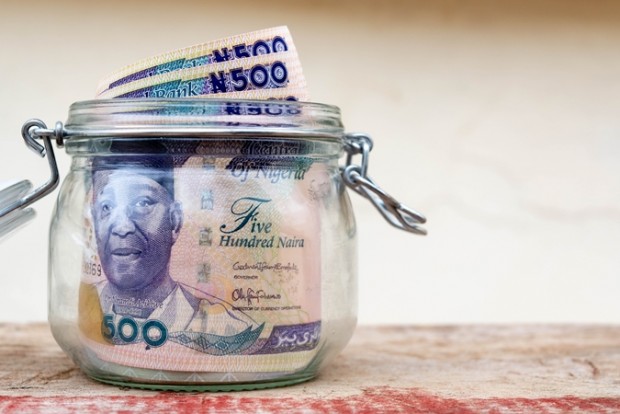Keep track of your costs
The first step toward the methods to save money is determining how much you spend. Keep track of all your expenses, including coffee, household items, and cash tips.
Once you’ve gathered your data, sort it by category, such as petrol, groceries, and mortgage, and total each amount. Check your credit card and bank statements to ensure you’re correct—and don’t neglect anything.
Tip: To begin started, look for a free spending tracker. Using a computer tool or app to help automate part of this labor can be beneficial. Bank of America customers can use the Spending & Budgeting tool in the mobile app or online, which automatically categorizes your transactions for easy budgeting.
Make a savings budget
In ways of achieving methods to save money, Once you know how much you spend in a month, you can start organizing your recorded spending into a sensible budget. Your budget should detail how your expenses compare to your income, allowing you to plan your spending and avoid overspending. Make sure to account for expenses that occur on a regular basis but not every month, such as car maintenance.
Tip: Include a savings category; strive to save 10 to 15% of your salary.
Look for strategies to reduce your expenses
If your expenses are so high that you are unable to save as much as you would want, it may be time to make some cuts. Identify non-essentials, such as entertainment and dining out, that you may cut back on. Look for ways to reduce your set monthly expenses, such as your television and mobile phone.
Here are some suggestions for reducing daily expenses:
- To save money on entertainment, use tools such as neighborhood event listings to identify free or low-cost activities.
- Cancel any subscriptions or memberships that you aren’t using, especially if they are set to renew automatically.
- Commit to eating out only once a month and experimenting with “budget eats” restaurants.
- Allow for a “cooling off period”: Wait a few days before making a non-essential purchase. You might be relieved that you passed—or you might be preparing to save up for it.
Set financial objectives
Setting a goal is one of the most effective strategies to the methods to save money. Begin by considering what you want to save for—perhaps you’re getting married, taking a vacation, or saving for retirement. Then calculate how much money you’ll require and how long it will take you to save it.
Here are some instances of short-term and long-term objectives:
- Just in case, set aside 3–9 months’ worth of living expenses in an emergency fund.
- Vacation
- Amount paid as a down payment on a car
Long-term (4 years or more)
- A down payment on a house or a remodeling project
- The education of your child
- Retirement
Consider putting money down for retirement or your child’s education in an investing account such as an IRA or 529 plan. While investments are risky and might result in a loss of money, they also provide the chance for growth when the market rises and may be appropriate if you plan for an event long in advance. More information can be found in step 6.
Set a small, attainable short-term goal for something fun that is large enough that you are unlikely to have the means to pay for it, such as a new smartphone or holiday gifts. Reaching smaller objectives — and then enjoying the delightful reward you’ve saved for — can provide a psychological boost that makes the result of saving more immediate and maintains the habit.

Define your priorities
Your goals in methods to save money, after your spending and income, are likely to have the most influence on how you allocate your savings. Remember to keep long-term goals in mind—critical it’s that retirement planning does not take a back seat to short-term requirements.
Tip: Learn how to prioritize your savings goals so you know where to begin saving. For example, if you know you’ll need to replace your car in the near future, you may start saving for it now.
Choose the appropriate tools
If you’re looking to save for a short-term objective, try using one of these FDIC-insured savings accounts:
Certificate of deposit (CD), which locks in your money for a certain period of time at a greater interest rate than savings accounts.
Consider long-term objectives:
Individual retirement accounts (IRAs), which are tax-advantaged savings accounts Securities, such as stocks or mutual funds, are FDIC-insured. These financial products are offered through broker-dealer investment accounts. Keep in mind that securities are not FDIC-insured, are not deposits or other obligations of a bank, and are not guaranteed by a bank. They involve investing risks, including the possibility of losing your money.
You are not need to select only one account. Examine all of your options carefully, taking into account factors like balance minimums, fees, and interest rates, so you can select the mix that will help you save the most towards your goals.
Make saving a habit
Almost every bank allows you to set up automatic transfers between your checking and savings accounts. You may specify when, how much, and where you want your money transferred, and you can even split your direct deposit so that a piece of every paycheck goes directly into your savings account.
Tip: Splitting your direct deposit and setting up automated transfers are easy strategies to conserve money because you don’t have to think about it and it lessens the temptation to spend the money instead. Bank of America customers can quickly set up automated transfers across accounts with Mobile & Online Banking.
Observe how your funds increase
Every month, go through your budget and track your progress. This will not only help you keep to your personal savings goal, but it will also help you discover and resolve difficulties fast. Understanding how to save money may even inspire you to find more methods to save and reach your goals more quickly.





Leave a Reply